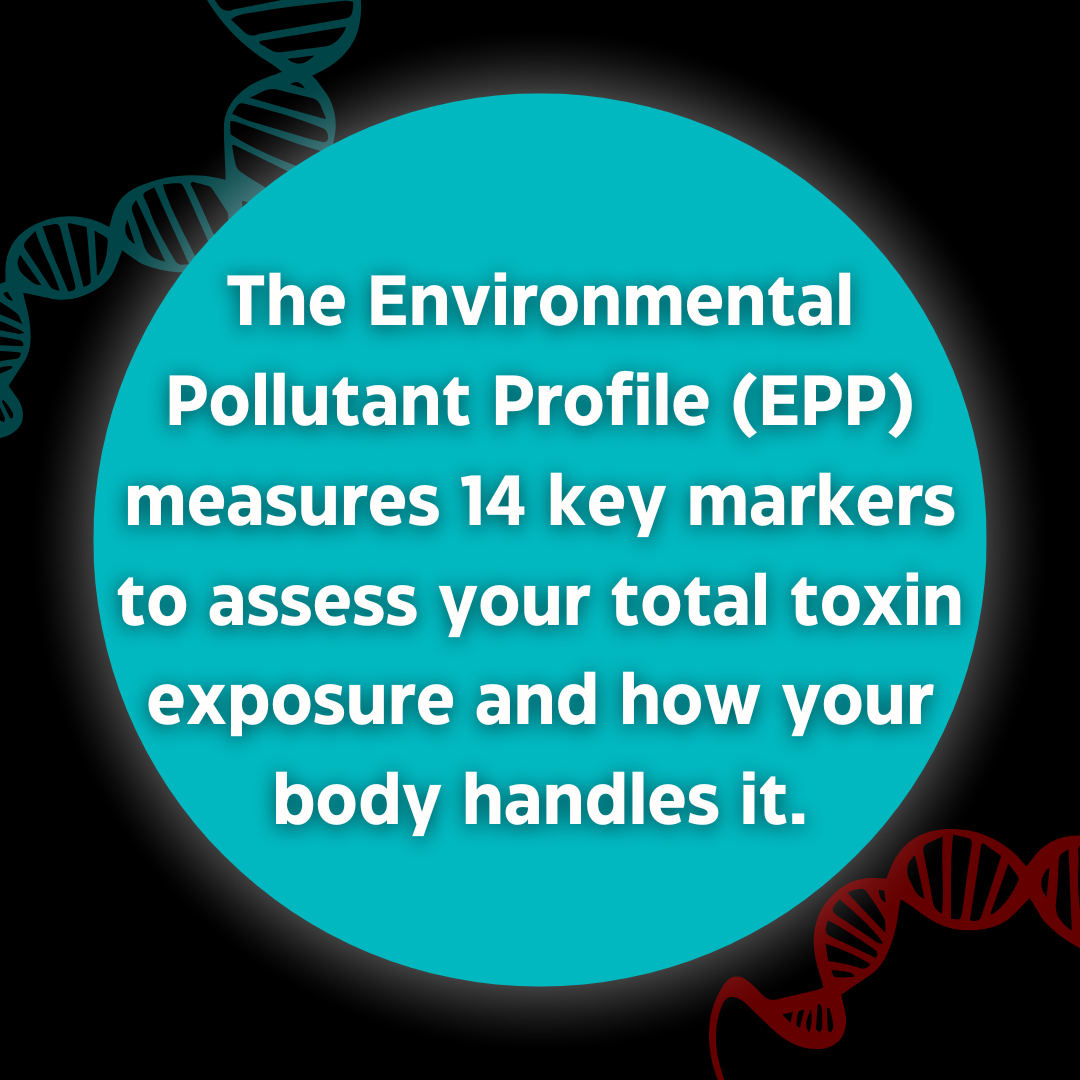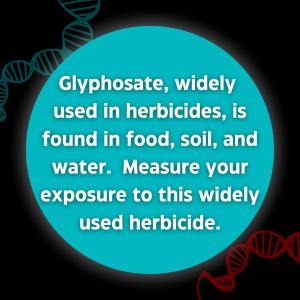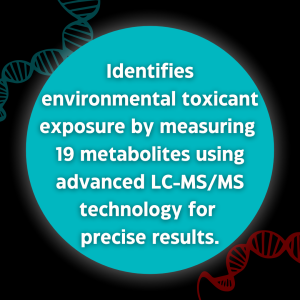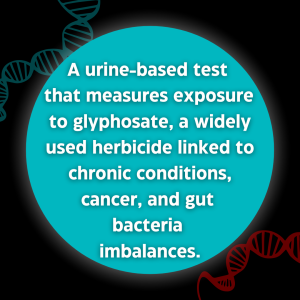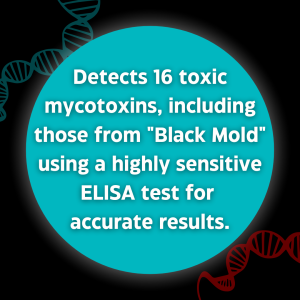Description
Xylene
Markers: 3-methylhippurate, 2-methylhippurate
Xylenes are aromatic hydrocarbons that are made from oil or coal. They are frequently used in industrial applications due to their solvent properties[1, 2]. Some of the most common sources are in plastics, paints, vehicle exhaust fumes, and tobacco smoke[3]. Respiratory exposure is the most common xylene-exposure pathway [4]. Xylene exposure is linked to chronic neurological symptoms [5].

Toluene
Markers: Hippurate, Benzoate
Toluene is an organic solvent found in many household consumer products. These products include gasoline, cleaning fluids, cosmetics, glues, inks, paint thinners, and others[6]. Health effects of excessive toluene exposure include impaired neurological function and fetal toxicity [7].
Benzene
Markers: tt-Muconic Acid
Benzene is a highly volatile compound, and its exposure is mainly through inhalation. It is used in many consumer products and exposure can come from automobile exhaust gases, off-gassing from building materials, and cigarette smoke [8]. Benzene is hydroxylated using phase I metabolism, then further metabolized by glucuronidation, sulfation, and glutathione conjugation [9]. Benzene exposure can lead to decrements in the levels of circulating blood cells [10]. Benzene and its metabolites have mutagenic properties and chromosomal damage properties, which can increase the risk of cancer formation, thus benzene has been labeled as carcinogenic[11-13].

Trimethylbenzene
Markers: 3,4-Dimethylhippurate
Trimethylbenzene is a naturally occurring component of petroleum and coal. Products that contain trimethylbenzene can include aviation fuels, paint thinners, solvents, printing inks, cleaners, dyes, and resins [14]. The effects of acute exposure are respiratory irritation and central nervous system effects [15]. Chronic exposures have shown developmental, reproductive, and mutagenic effects [16, 17]
Styrene
Markers: Mandelate, Phenyl glyoxylate
Styrene (vinyl benzene) is an important intermediate in the production of plastics. Styrene may be absorbed into the bloodstream through inhalation, ingestion, or by skin absorption [18]. Exposure can lead to cytogenetic and DNA damage [19]. Exposure has been linked to acquired color blindness[20]. Styrene has been established as a neurotoxicant at occupational levels, however less is known how chronic exposure can effect nearby communities [21].

Phthalates
Markers: Monoethyl Phthalate, Phthalate, Quinolainate
Phthalates are used in a wide range of consumer and industrial products. They belong to a class of chemicals listed as endocrine disrupting chemicals (EDCs) [22]. Exposure is through inhalation and dermal contact. Phthalate diesters are then metabolized and excreted in urine with a half-life of about 3-18 hrs [23]. A metanalysis by the EPA discusses connection with Phthalate exposure and problems with cognition, motor effects, behavior, ADHD, and social behavior [24].
Parabens
Markers: Para-Hydroxybenzoate
Parabens are used as preservative in cosmetics, pharmaceuticals, and the food industry. Parabens are transformed in the body and about 90% are excreted in urine as a conjugate with the most common being glucuronide and sulphate [25]. In vitro studies have demonstrated some estrogenic activity from this family of compounds [26]. However, many parabens do not have a strong binding to the estrogen receptor, so the actual relevance of this is still an unanswered question [27].
Methyl Tert-butyl Ether (MTBE) Exposure
Markers: Alpha-Hydroxyisobutyrate
MTBE is a fuel additive which acts as an octane booster and oxygenating agent [28]. MTBE is also used to treat gallstones, where it is perfused into the liver’s biliary track to dissolve the gallstone [29]. Exposure to MTBE has been reported to cause neurologic symptoms, dizziness, and nausea [30]. MTBE can also affect development through the inhibition of angiogenesis, the development of veins and arteries[31].

